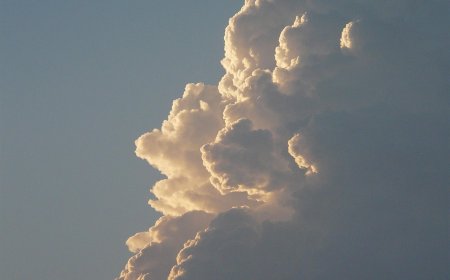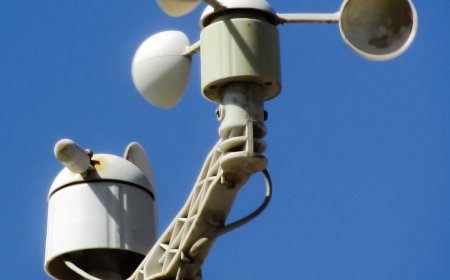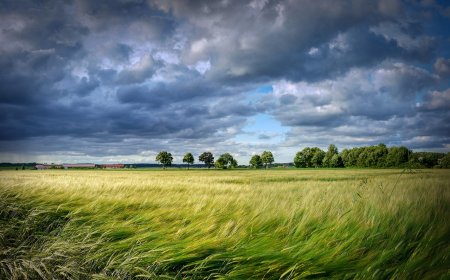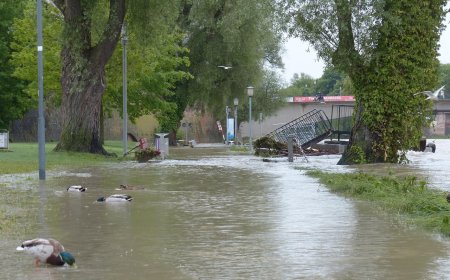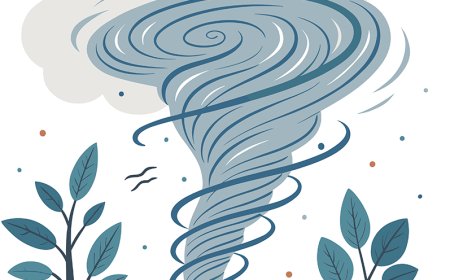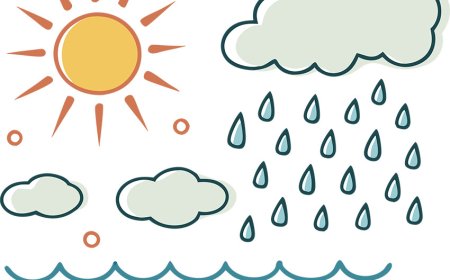Seasons for Kids – What Causes Spring, Summer, Fall & Winter
Learn about seasons for kids. Discover why Earth's tilt and orbit cause spring, summer, fall, and winter. See how seasons affect weather, plants, and life around the world.
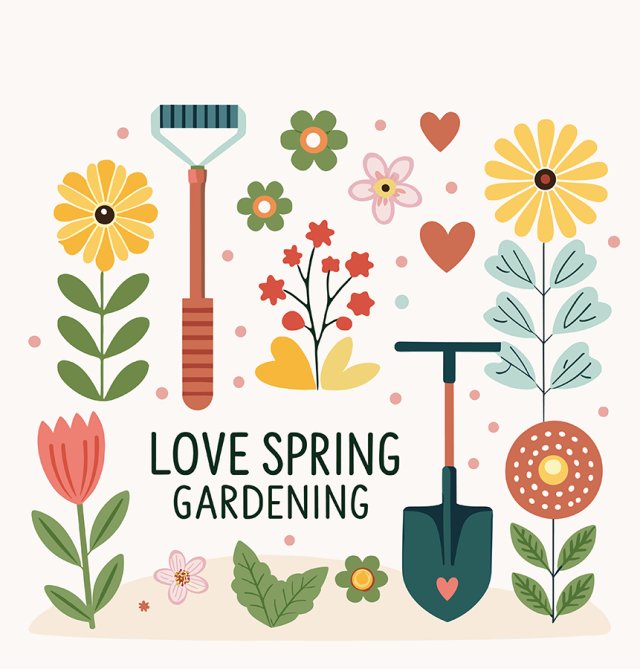
🧭 Introduction
We all experience the changing seasons—spring’s flowers, summer’s warmth, fall’s falling leaves, and winter’s snow and cold. These changes don’t happen randomly. Seasons are caused by the tilt of Earth’s axis and the way our planet moves around the Sun. These shifts bring changes in temperature, daylight, weather, and plant and animal activity. Understanding seasons helps us know why it’s warm in July and cold in January—and why different parts of the world experience seasons differently.
🌍 Why Do We Have Seasons?
Seasons happen because the Earth is tilted on its axis (about 23.5 degrees) as it orbits the Sun. This tilt causes different parts of the Earth to receive more or less sunlight at different times of the year. Earth’s orbit is shaped like an oval and takes 365 days to complete—one full year.
Here’s how it works:
When the Northern Hemisphere is tilted toward the Sun, it gets more sunlight and experiences summer.
At the same time, the Southern Hemisphere is tilted away from the Sun and has winter.
When the Earth moves halfway around its orbit, the hemispheres switch places—the north has winter and the south has summer.
This back-and-forth tilt gives us four seasons, each with its own weather and features.
🌼 Spring
Spring is a season of renewal and growth. Days start to get longer, and temperatures begin to rise. Plants bloom, animals come out of hibernation, and many birds return from migration.
Spring happens after the spring equinox, when day and night are nearly equal in length (around March 21 in the Northern Hemisphere). It’s a time of mild weather, rain showers, and increased sunshine.
In spring:
Flowers bloom, trees bud, and grass grows
Farmers plant seeds for crops
Baby animals are often born
Allergies can increase due to pollen
🌞 Summer
Summer is the warmest season of the year. It begins after the summer solstice, which is the longest day of the year (around June 21 in the Northern Hemisphere). The Sun appears high in the sky, and temperatures are usually hot or warm.
People enjoy summer for vacations, swimming, and playing outdoors. Plants grow quickly thanks to long days and lots of sunlight. However, summer can also bring heat waves, droughts, and strong storms in some areas.
In summer:
Days are long, nights are short
Temperatures are at their highest
Crops like corn and tomatoes thrive
Hurricanes and thunderstorms may develop in warm regions
🍂 Fall (Autumn)
Fall is a time of cooling temperatures and preparation for winter. It begins with the fall equinox (around September 22 in the Northern Hemisphere), when day and night are again about equal in length.
Leaves on trees change color—turning red, orange, and yellow—and then fall to the ground. Animals begin storing food or preparing to migrate. People harvest crops and begin wearing warmer clothes.
In fall:
Leaves change color and drop
Days grow shorter, nights grow longer
Harvest festivals and Thanksgiving are celebrated
Wildlife prepares for winter (like squirrels gathering nuts)
❄️ Winter
Winter is the coldest season, starting with the winter solstice, which is the shortest day of the year (around December 21 in the Northern Hemisphere). The Sun is low in the sky, and the days are short and chilly.
Many regions experience snow, ice, and freezing temperatures. Some animals hibernate to survive the cold, while others grow thicker fur. In places near the equator, winter may be dry but still warm.
In winter:
Snow and ice cover the ground in colder areas
Trees lose leaves and go dormant
Animals like bears hibernate
People use heating and wear coats, gloves, and hats
🌐 Seasons Around the World
Not every place experiences four seasons. The number and type of seasons depend on a region’s location on Earth.
Equator regions (like the Amazon or Kenya) have wet and dry seasons, but little change in temperature.
Polar regions have long winters and short, cool summers, with very little daylight during parts of the year.
Temperate regions (like the U.S., Europe, and parts of Asia) have four distinct seasons.
In the Southern Hemisphere, the seasons are opposite from those in the Northern Hemisphere. So when it’s summer in the U.S., it’s winter in Australia!
📚 Vocabulary Words
Axis An imaginary line through Earth that it spins on
Orbit The path Earth takes around the Sun
Solstice The longest or shortest day of the year
Equinox When day and night are about equal in length
Hemisphere Half of Earth, either north or south of the equator
💡 Interesting Facts About the Seasons
Earth’s axis always points in the same direction—toward the North Star.
The tilt of Earth, not its distance from the Sun, causes the seasons.
In places like Alaska or Norway, the Sun doesn’t set for months during summer!
Leaves change color in fall because trees stop making chlorophyll, the green pigment.
Some animals change color with the seasons—like the Arctic fox, which turns white in winter.
👧 Kid-Friendly Summary
Seasons change because the Earth is tilted as it moves around the Sun. When one part of Earth tilts toward the Sun, it gets more light and heat—that's summer. When it tilts away, it gets less—that’s winter. Spring and fall are the in-between seasons. Each season has special weather, animals, and activities that make it unique.
✅ Interactive Quiz
Q1: What causes the seasons to change?
A. Clouds
B. Earth’s tilt and orbit
C. The Moon’s pull
D. The oceans
Q2: What happens during summer in the Northern Hemisphere?
A. Less sunlight
B. Earth is farthest from the Sun
C. The North Pole tilts toward the Sun
D. The South Pole has a heat wave
Q3: Which season has the shortest day of the year?
A. Spring
B. Summer
C. Fall
D. Winter
Q4: What do trees do in fall?
A. Grow leaves
B. Turn blue
C. Change color and drop leaves
D. Make snow
Q5: When are day and night about the same length?
A. Solstice
B. Equinox
C. Heat wave
D. Eclipse
Scoring:
5/5 = 🌍 Season Specialist
3–4 = 🍂 Weather Watcher
1–2 = 📘 Time to Turn the Page


















































